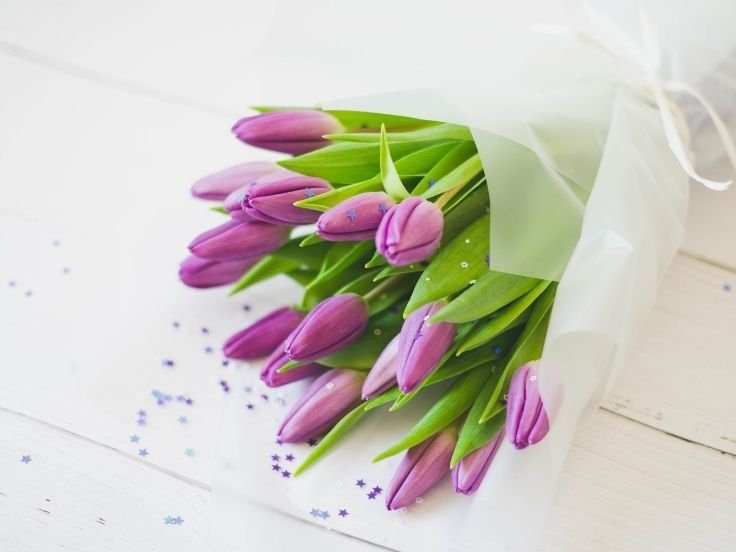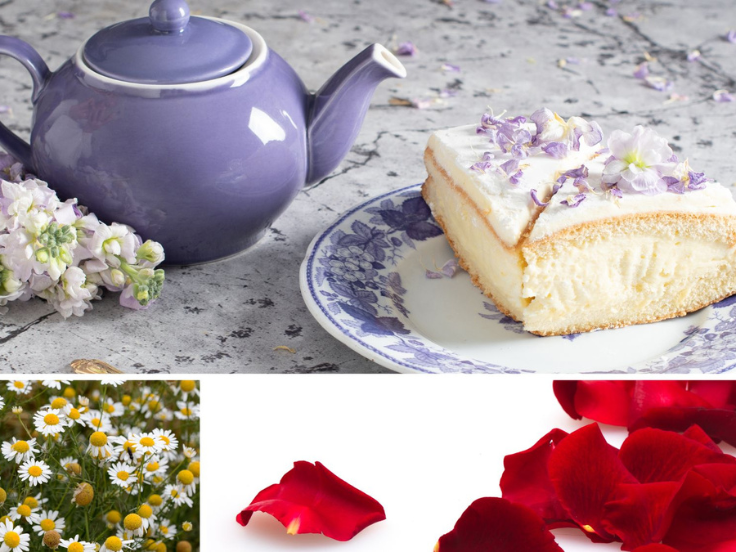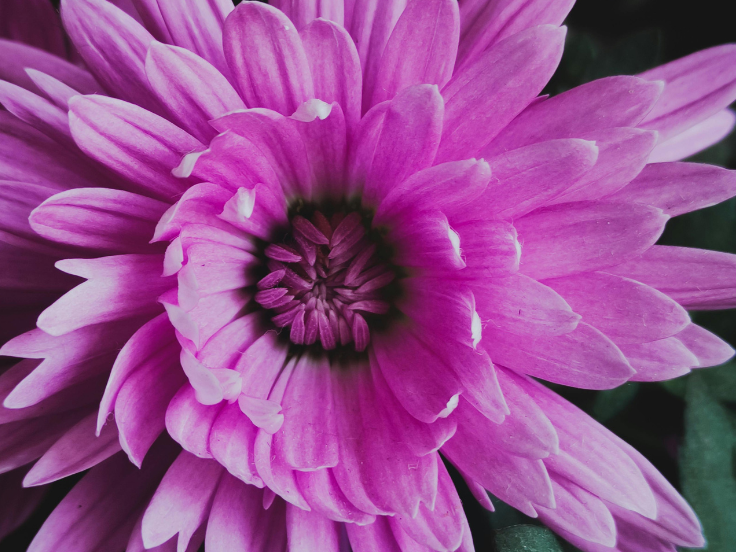Floral industries worldwide are now implementing eco-friendly practices. These methods improve the quality of the florals, as well as their shelf life. The following are methods for growing flowers sustainably.
1. Natural Cultivation of Flowers.
Natural cultivation, or organic farming, is at the heart of economical floristry. This strategy dodges manufactured pesticides and fertilizers, which can hurt the environment and human well-being. Instead, use alternatives like compost and biopesticides to improve the soil’s condition and protect plants from pests. This practice has the potential to improve the earth’s biodiversity and soil condition.
2. Practice composting.
Composting is a great way to reuse blossom waste and improve soil richness. Composting natural matter such as bloom stems, leaves, and other plant buildups produces nutrient-rich compost that can enhance soil quality. By reducing the amount of waste that ends up in landfills, this prep yields an eco-friendly fertilizer for your use.
3. Start saving our scarce resources, such as water.
Start utilizing water in an efficient manner to promote the growth of flowers. Methods such as drip irrigation systems and water collection systems can help reduce wasted water. The drip irrigation method supplies water directly to the roots of the plant, which reduces water runoff and evaporation. Water collection in tanks or rainwater harvesting ensures an additional water supply during a dry climate, allowing the flowers to stay hydrated.
4. Purchase local and seasonal flowers.
The purchase of local plants is an eco-friendly practice that can support the local farmers who grow them. Local flowers thrive in the climate and soil of your region, making them simpler to care for compared to imported flowers. They also provide habitat and nourishment for nearby natural life, advancing biodiversity. Consolidating local plants into your bloom arrangements can make wonderful, ecologically inviting displays.
Regularly using locally grown flowers reduces the carbon footprint associated with transportation. Blooms that are in season and developed nearby require less vitality for warming, cooling, and transportation. This method supports local farmers and vendors and provides more striking, fresh, and healthy florals. Flowers sourced locally can help reduce greenhouse gas emissions.
Furthermore, by enabling far greater transparency across the supply chain, this approach ensures the use of sustainable farming methods.
Gulmahal is one such place where you can purchase all local and seasonal flowers.
5. New and Sustainable Ways to Package Your Flowers.
Reducing the amount of plastic waste can be critical in sustainable methods for growing flowers. Use materials that can biodegrade or recycle—paper, cardboard, and other natural fibers—to aid in the packing of florals. Florists are now utilizing a compostable form of flower foam, derived from plant-based materials, to replace the traditional, non-biodegradable floral foam. Additionally, florists can substitute floral foam with sustainable floral grids, also known as chicken wire.
By implementing these eco-friendly habits, we can go a long way in making the earth healthy while also enjoying what the earth has to offer, in this case the vibrant blossom.













